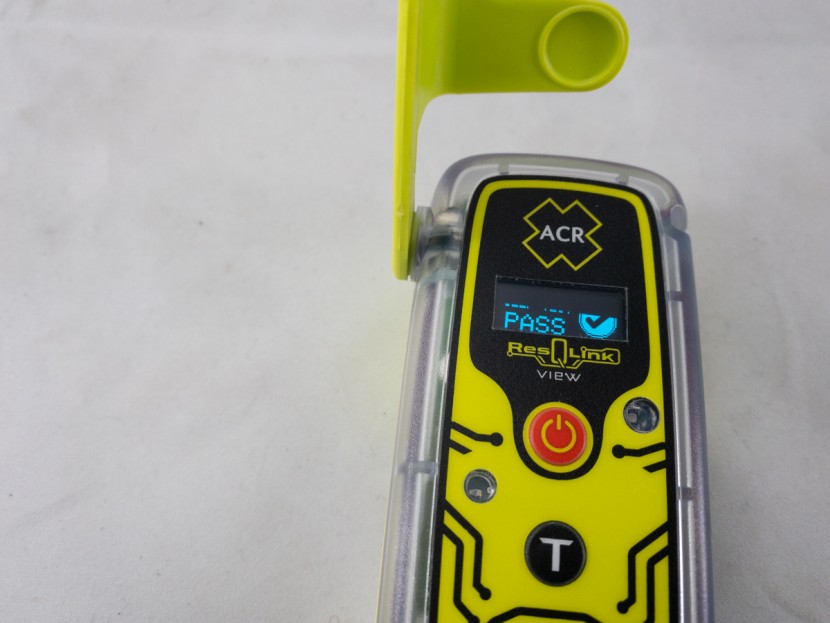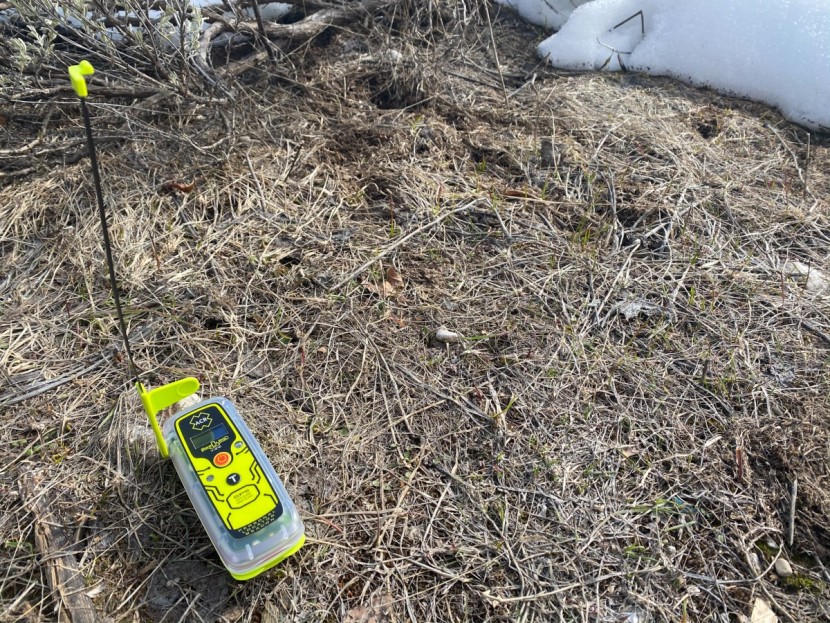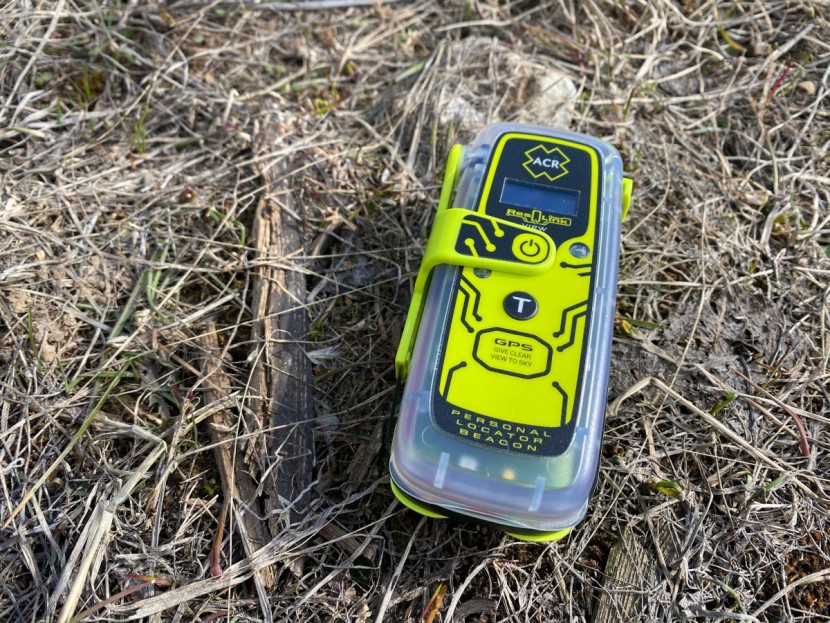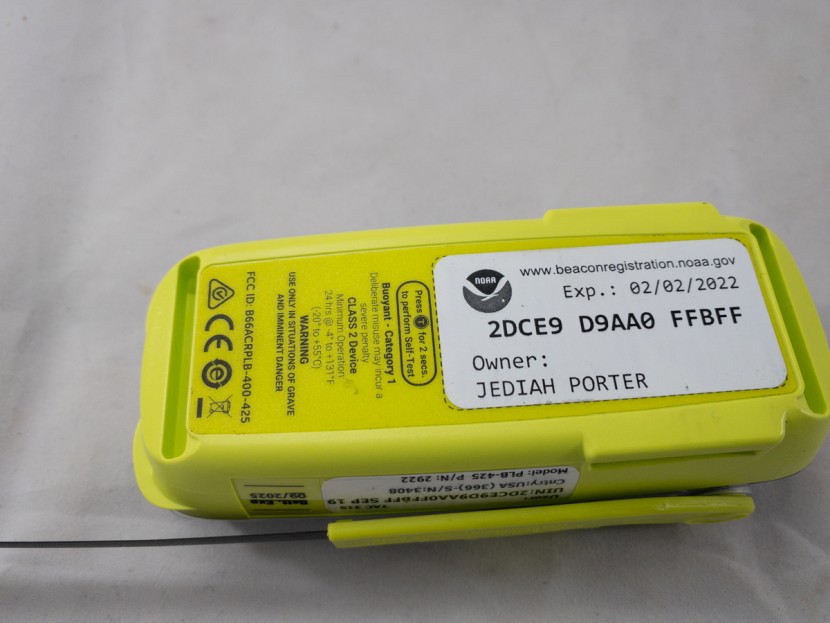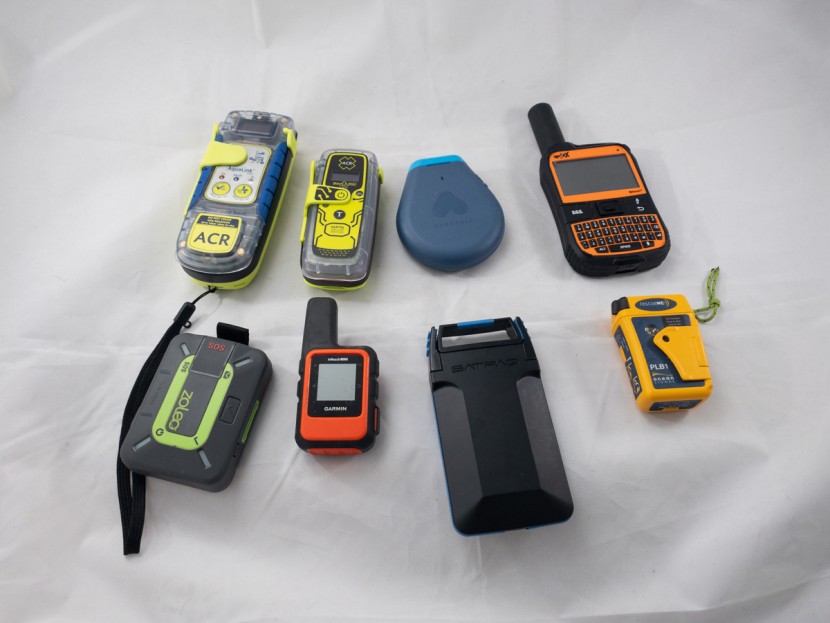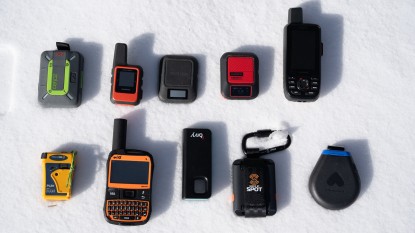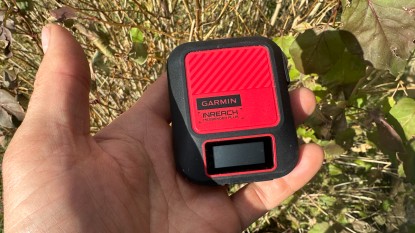ACR ResQLink View Review
Our Verdict
Compare to Similar Products
 This Product
ACR ResQLink View | |||||
|---|---|---|---|---|---|
| Awards | Best Overall with Photo and Voice Messaging | Best Value for Messaging | Occasional Activation Bang for the Buck | Great Value for SOS Only | |
| Price | $434.95 at Amazon Compare at 2 sellers | $500.00 at REI Compare at 2 sellers | $249.99 at Amazon Compare at 3 sellers | $199.95 at REI Compare at 2 sellers | $370 List $369.95 at Amazon |
Overall Score  |
|||||
| Star Rating | |||||
| Bottom Line | A great, emergency-only messaging device | This is the best and most feature-rich device and service on the market. That it does it all with remarkable portability and battery life further seals the deal | There are devices that have more features but those features are unnecessary and come at the cost of more useful function | A compact, full service satellite messenger that has all you need, and is close to all you would want | A small, satellite-linked emergency communicator that is exactly what you need and nothing more |
| Rating Categories | ACR ResQLink View | Garmin inReach Mess... | Garmin inReach Mess... | ACR Bivy Stick | Ocean Signal rescue... |
| SOS/Emergency Messaging (30%) | |||||
| Non-Emergency Messaging (25%) | |||||
| Signal Coverage (20%) | |||||
| Ease of Use (15%) | |||||
| Portability (10%) | |||||
| Specifications | ACR ResQLink View | Garmin inReach Mess... | Garmin inReach Mess... | ACR Bivy Stick | Ocean Signal rescue... |
| 2-way Messaging? | No | Yes | Yes | Yes | No |
| 2-way Messaging Available via Cellular/Wifi? | No | Yes | Yes | No | No |
| Custom Messaging Viewable and Composable on Device? | No | Yes | Yes | No | No |
| Passive Tracking (turn on and forget about it - viewers at home can watch your progress on the web) | No | Yes | Yes | Yes | No |
| Weight w/ Batteries | 5.3 oz | 4.1 oz | 4.0 oz | 3.6 oz | 4.0 oz |
| Battery Life | 28 hours | Up to 25 days in low power mode | Up to 28 days with a message or location sent every 10 minutes with full sky view | Up to 120 hours | 24 hours |
| Waterproof Rating | No Formal Rating. Likely exceeds rating system. Claimed 16.4 ft (5m) @ 1 hr | IPX7 (No dust rating. Rain, splashing, and accidental submersion up to 30 minutes) | IPX7 (No dust rating. Rain, splashing, and accidental submersion up to 30 minutes) | IP67 (protection from harmful dust. Rain, splashing, and accidental submersion up to 30 minutes) | No Formal Rating. Likely exceeds rating system. Claimed "Up to 15 meters" |
| Pairs with Smartphone? | No | Yes | Yes | Yes | No |
| Requires recipient to use a special app for two-way communications? | N/A | No, but recipient must use special for photos and audio messages | No | Yes | N/A |
| On Device Functions (if you lose or disable your smartphone) | All. | All, but very slow to text | All, but very slow to text | SOS, check-in, tracking. All texting requires smartphone. | All. |
| Satellite Network | COSPAS/SARSAT | Iridium | Iridium | Iridium | COSPAS/SARSAT |
| Dispatch service | COSPAS/SARSAT | Garmin Response Team | Garmin Response Team | Global Rescue | COSPAS/SARSAT |
| Dimensions | 4.4" x 2.0" x 1.4" | 3.1" x 2.5" x 0.9" | 3.1" x 2.5" x 0.9" | 1.9" x .9" x 4.5" | 3.0" x 2.0" x 1.3" |
| Volume | 12.3 CU IN | 6.9 CU IN | 6.9 CU IN | 7.7 CU IN | 6.8 CU IN |
Our Analysis and Test Results
The ACR ResQLink View uses proven technology, a comprehensive network, and bomber compact electronics to provide the user with reliable, primarily emergency, communication to the outside world. It's an excellent emergency SOS communicator and little to nothing more, but if all you need is emergency messaging directly to SAR resources, the ACR works.
SOS/Emergency Messaging
Using the international and government maintained COSPAS/SARSAT satellite network and communication protocol, the ResQLink View taps into a system that is as effective as anything available. All satellite communications have limitations. For example, every single transmission involving satellites requires a clear view of the sky. The View and its relationship with the COSPAS/SARSAT network is no exception. The limitations on emergency communication are mainly terrain and satellite-related and have less to do with the device itself.
If you have a life-threatening emergency, and push the power button on the ResQLink View, a “Y'all come” message will make its way to the best possible local resources. The response takes some time (hours, at minimum), and the length depends significantly on weather, terrain, and local SAR resources. With this device, though, you should have few concerns about the first variable in securing help. The service that monitors COSPAS/SARSAT for emergencies and communicates to local SAR resources depends on the country you register your device in, but that monitoring and communication is free. You need to register your ResQLink, and you may need to pay for the on-the-ground response, but you will never pay a fee for emergency messaging.
Non-Emergency Messaging
Explicitly, the ResQLink View has no option for non-emergency messaging. The design and intention of the COSPAS/SARSAT network is for emergency use only.
That being said, you can test these devices for functionality using the COSPAS/SARSAT, which involves sending a non-emergency message from the device to the network. For a subscription fee each year, via ACR's 406Link service, they will send notification of a successful device test to one email address and one cell phone of your choosing. They call these “self-test notifications.” For a higher subscription fee and a slightly different test procedure, you can include up to five emails and cell numbers. You can also customize the message, which would contain a link to a map showing your location. Further understanding of the “off label” use of 406Link for non emergency communications requires fully versing yourself in ACR's materials.
Signal Coverage
The COSPAS/SARSAT network used by the ResQLink View is world-wide. As with all satellite communications, there are localized terrain limitations and interference issues that stem from device orientation, other electronics, forests, and buildings.
Ease of Use
In its designated function, the ACR View couldn't be easier to use. Initial registration requires some online form-filling. Then you're good to go. In an emergency, you deploy the antenna and push the on button. For 406Link service you'll need to do some further research from the company itself and familiarize yourself with the most current information.
Portability
The ResQLink View is the latest in ACR's multi-decade evolution. Our lead test editor used one of the original ACR beacons in the early 2000s. Fifteen years ago, a device performing this function (in an even more rudimentary fashion) was four times the size of the View. In this historical perspective, the ACR is tiny and light.
However, as compared to the other options available nowadays, the ACR is twice the size and about 140% of the weight. In many contexts, this is not a big deal. However, for ultralight backpacking and trail running, the weight and bulk will be noticeable.
Should You Buy the ACR ResQLink View?
This is a limited function, bulky device. Human powered users that spend a ton of time on the water will like the floating attribute, but terrestrial users should look elsewhere.
What Other Personal Locator Beacons Should You Consider?
The Ocean Signal RescueMe PLB1 is less expensive, smaller, lighter and does all the same things as the ResQLink View. The Emergency Satellite SOS function of the Apple iPhone Satellite Messaging does the same things (within lower latitude USA and Canada, for now) and doesn't require carrying a separate device. Many other products add two-way messaging to the emergency messaging of this ACR product. The ACR Bivy Stick is one such product.








